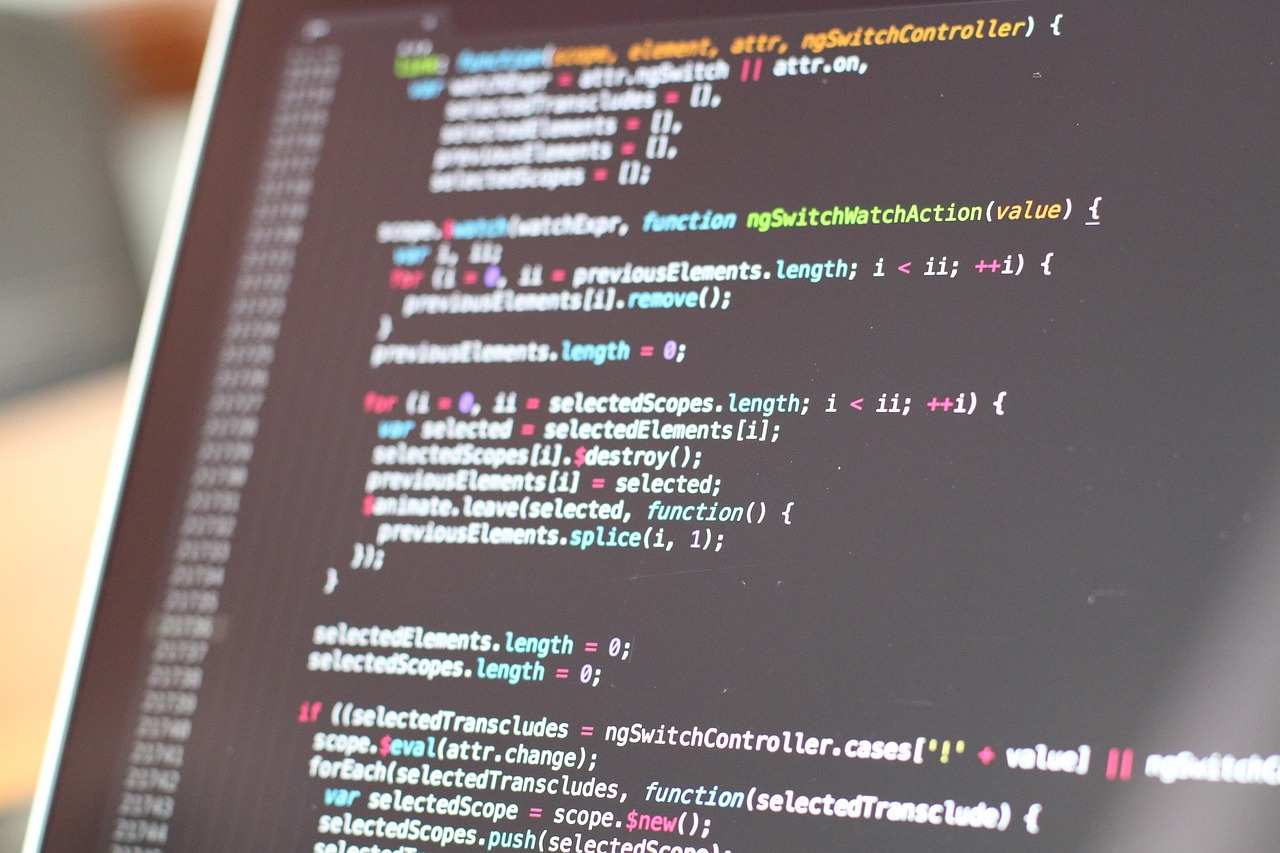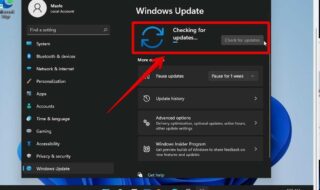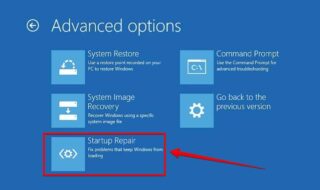Every website development project starts with choosing a content management system that can meet the business’s requirements and needs.
When hiring a Drupal development company or a firm that builds sites with another advanced CMS, you may face the hard choice between a traditional architecture and a headless approach.
In this article, we will explore the differences between the two and help you make the right choice.

Let’s get straight into it!
Contents
Traditional CMS vs. Headless CMS: What’s the Difference?
Traditional CMS platforms have long been the backbone of website development. They provide a comprehensive solution for managing content, design, and functionality. A traditional CMS typically consists of a monolithic architecture, where the front-end and back-end are tightly coupled. This means that content creators and developers work within the same system to create and publish content, with the CMS handling both the content management and presentation layers.
Alternatively, headless CMS takes a decoupled approach by separating the front-end and back-end. In a headless setup, the CMS serves as a content repository and provides a set of APIs that deliver content to any front-end application or channel. This decoupling allows developers to use any technology stack or framework for building the front end, such as React, Angular, or Vue.js, giving them more flexibility and control over the user experience.
So, how do you decide which approach is right for your digital projects?
Key Factors to Consider When Choosing Between a Headless and a Traditional CMS
Here are the factors you should consider before opting for either approach.
Flexibility and scalability
Headless CMS offers unparalleled flexibility when it comes to designing and implementing the user interface. With the freedom to choose any front-end technology, developers are able to create unique, customized experiences tailored to specific devices or channels. This flexibility becomes especially important when dealing with complex projects that require multiple touchpoints, such as websites, mobile apps, and even emerging technologies like voice assistants or smart devices. Traditional CMS, while capable of delivering great websites, may fall short in terms of adapting to diverse user experiences.
Development speed and efficiency
Traditional CMS platforms have evolved over the years to provide user-friendly interfaces for content creation and management. Non-technical users can easily create and publish content without relying on developers. However, when it comes to highly interactive or dynamic applications, traditional CMS might limit the speed and efficiency of development. In contrast, headless CMS allows developers to work independently on the front-end and back-end, resulting in faster development cycles and more efficient workflows.
Performance and speed
With headless CMS, the front-end and back-end are decoupled, allowing for better performance optimization. Developers have full control over the rendering process, eliminating unnecessary overhead and improving website loading speeds. Traditional CMS, on the other hand, may include additional functionalities and modules that can impact performance. However, it’s worth noting that optimizing performance in a headless architecture requires more technical expertise and effort.
Integration capabilities
Headless CMS shines in terms of integration capabilities. Its API-driven approach enables seamless integration with third-party services and platforms, such as e-commerce systems, marketing automation tools, or customer relationship management (CRM) software. This integration flexibility empowers businesses to create cohesive and personalized experiences for their users by leveraging data from various sources. Traditional CMS may offer integrations as well, but they often come with limitations and require additional customization.
Maintenance and upgrades
Traditional CMS platforms typically handle updates and security patches for both the front-end and back-end components. This can simplify maintenance tasks for non-technical users who prefer an all-in-one solution. In contrast, headless CMS requires developers to take responsibility for maintaining the front-end application and ensuring compatibility with the CMS APIs. While this provides more control over the system, it also requires a higher level of technical expertise and ongoing maintenance.
Wrapping up
To summarize the article, the choice between headless and traditional CMS depends on the specific needs of your digital projects. If you require flexibility, scalability, and the ability to deliver personalized experiences across various touchpoints, headless CMS is the way to go. On the other hand, if your focus is on simplicity, non-technical user empowerment, and a comprehensive, all-in-one solution, a traditional CMS is more suitable.
Ultimately, it’s essential to carefully evaluate your project requirements, development resources, and long-term goals before making a decision. Both approaches have their strengths and weaknesses, and the right choice will depend on your unique circumstances.
We hope you’ve enjoyed the article and found something useful!



